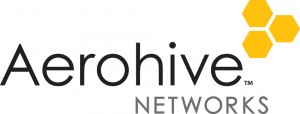9 lies programmers tell themselves
Programmers have pride with good reason. No one else has the power to reach into a database and change reality. The more the world relies on computers to define how the world works, the more powerful coders become.Alas, pride goeth before the fall. The power we share is very real, but it’s far from absolute and it’s often hollow. In fact, it may always be hollow because there is no perfect piece of code. Sometimes we cross our fingers and set limits because computers make mistakes. Computers too can be fallible, which we all know from too much firsthand experience.[ Find out how to get ahead with our career development guide for developers. | The art of programming is changing rapidly. We help you navigate what’s hot in programming and what’s going cold. | Keep up with hot topics in programming with InfoWorld’s App Dev Report newsletter. ] Of course, many problems stem from assumptions we programmers make that simply aren’t correct. They’re usually sort of true some of the time, but that’s not the same as being true all of the time. As Mark Twain supposedly said, “It ain’t what you don’t know that gets you into Continue reading
